Managing Myopia in Children
Lens Technologies for Clear Vision and Long-Term Eye Health
Myopia, commonly known as nearsightedness, is a condition that affects a large number of children and can have significant impacts on their daily lives. In this blog post, we will explore what myopia is in children, how it impacts them as they grow, and the lens technologies available to manage and control the condition.
What is myopia in children?
Myopia is a condition in which the eyeball is longer than usual or the cornea is more curved than normal, causing light to focus in front of the retina instead of on it. This results in blurry vision when looking at objects in the distance, but clear vision when looking at objects up close. Myopia can develop at any age, however, it typically starts to develop in childhood and can continue to progress until early adulthood.
How does myopia affect children as they grow?
Myopia can have a range of negative impacts on children as they grow. It can make it difficult for them to see clearly in the classroom, on the sports field, or while playing outside. Additionally, myopia has been linked to an increased risk of eye diseases like cataracts, glaucoma, myopic maculopathy, and retinal detachment later in life.
What are the lens technologies available to manage and control myopia?
Fortunately, there are several lens technologies available to manage myopia in children:
Orthokeratology (Ortho-K): Type of contact lens that is worn overnight and reshapes the cornea while the child sleeps, allowing them to see clearly without the need for glasses or contacts during the day. Ortho-K has been shown to slow down the progression of myopia, and in some cases, even reverse it.
Multifocal Contact Lenses: These contact lenses have different zones that provide clear vision at different distances, similar to how progressive glasses work. Studies have shown that multifocal contact lenses can slow the progression of myopia.
Atropine Eye Drops: Atropine is a medication that can be prescribed as eye drops to slow the progression of myopia. It works by relaxing the eye muscles and allowing the eye to focus more easily, which in turn reduces the strain on the eye and slows the progression of myopia.
Peripheral Defocus Lenses: These lenses are the latest in the non-invasive category of myopia management. They are produced using advanced technologies and not only correct myopia but also help to slow down its progression. The design works by providing clear, corrected vision in the central optical zone while creating a controlled amount of peripheral defocus. This can help slow down the development of axial related myopia.
Learn more about the lenses in this category: MyoFit by Shapers, Essilor Stellest.
While myopia management lenses are highly effective, they should be combined with other strategies for optimal results. Encouraging outdoor activities and reducing screen time are lifestyle changes that support myopia control. Additionally, regular eye exams are essential to monitor the progression of myopia and identify any potential issues. We will also touch upon future developments in myopia management that hold promise for further advancements.
Myopia is a common condition in children that can have significant impacts on their daily lives. Fortunately, there are several lens technologies available to manage and improve the progression of myopia. If your child is experiencing blurry vision, headaches, or other symptoms of myopia, talk to your eye care professional about the best course of action. Early detection and intervention can make a big difference in managing myopia and protecting your child’s vision for the long term.




